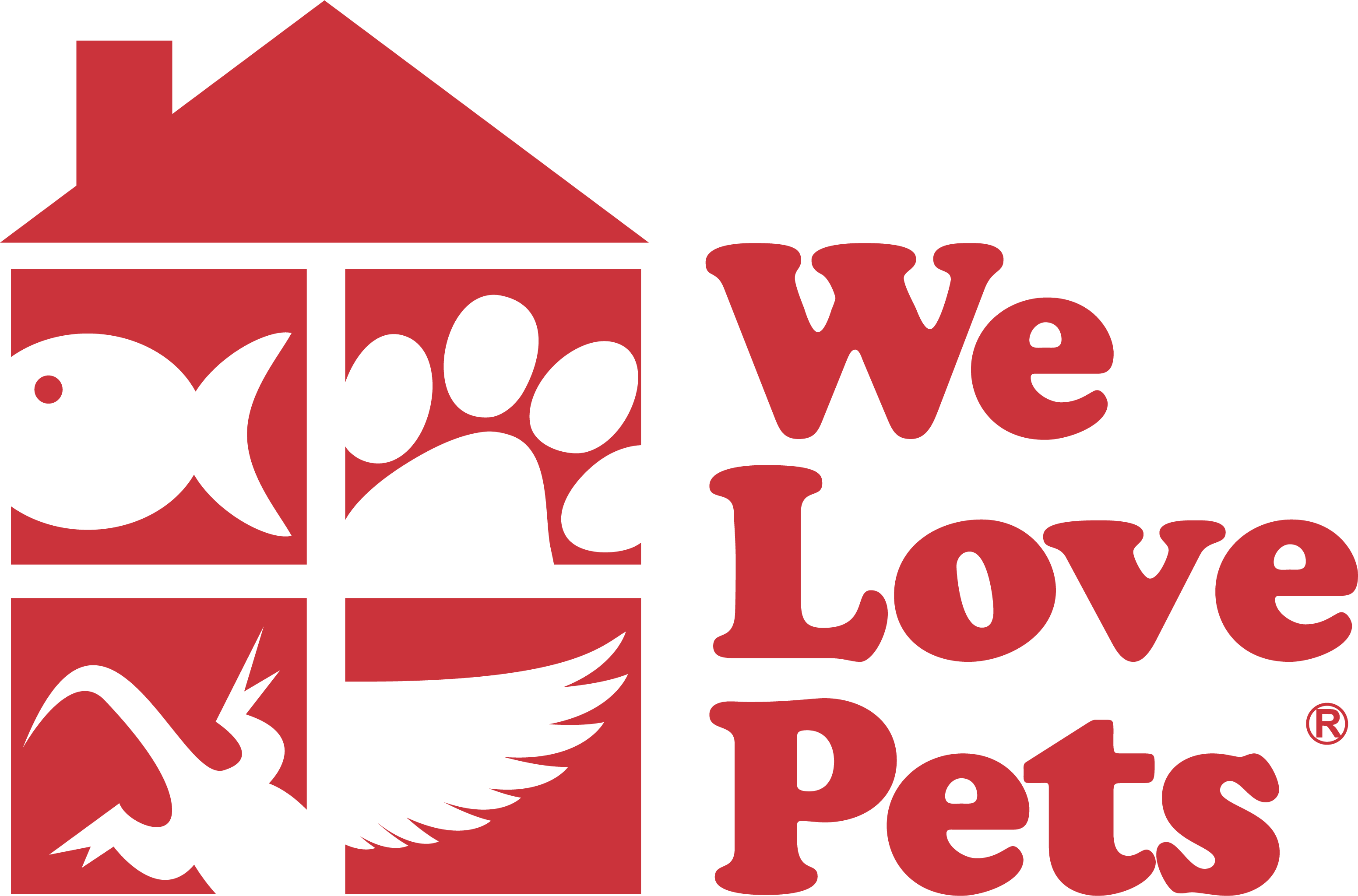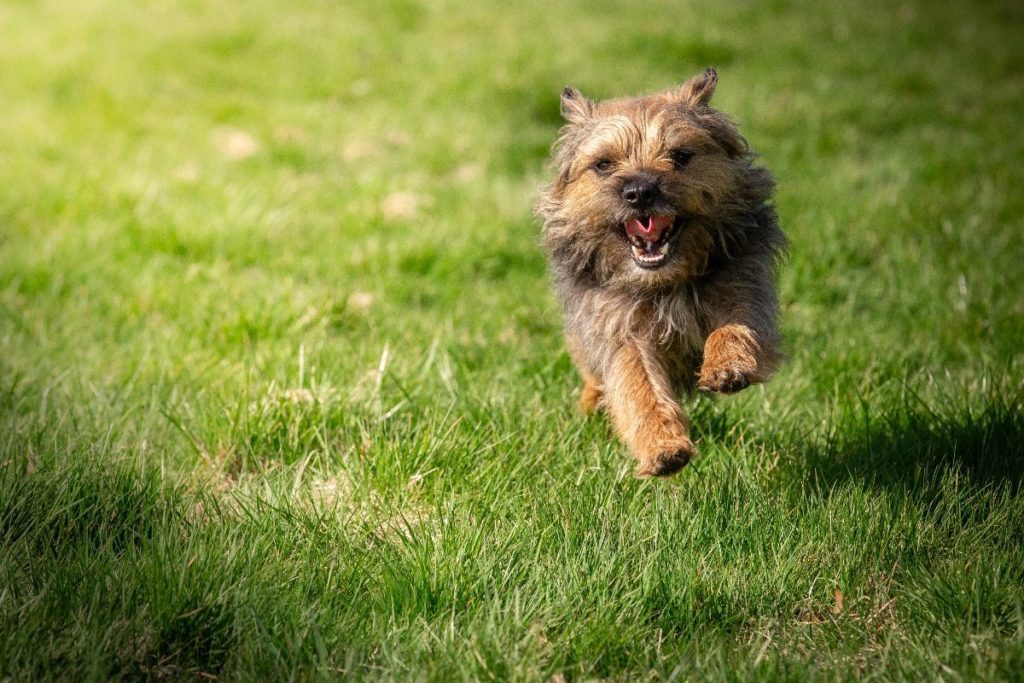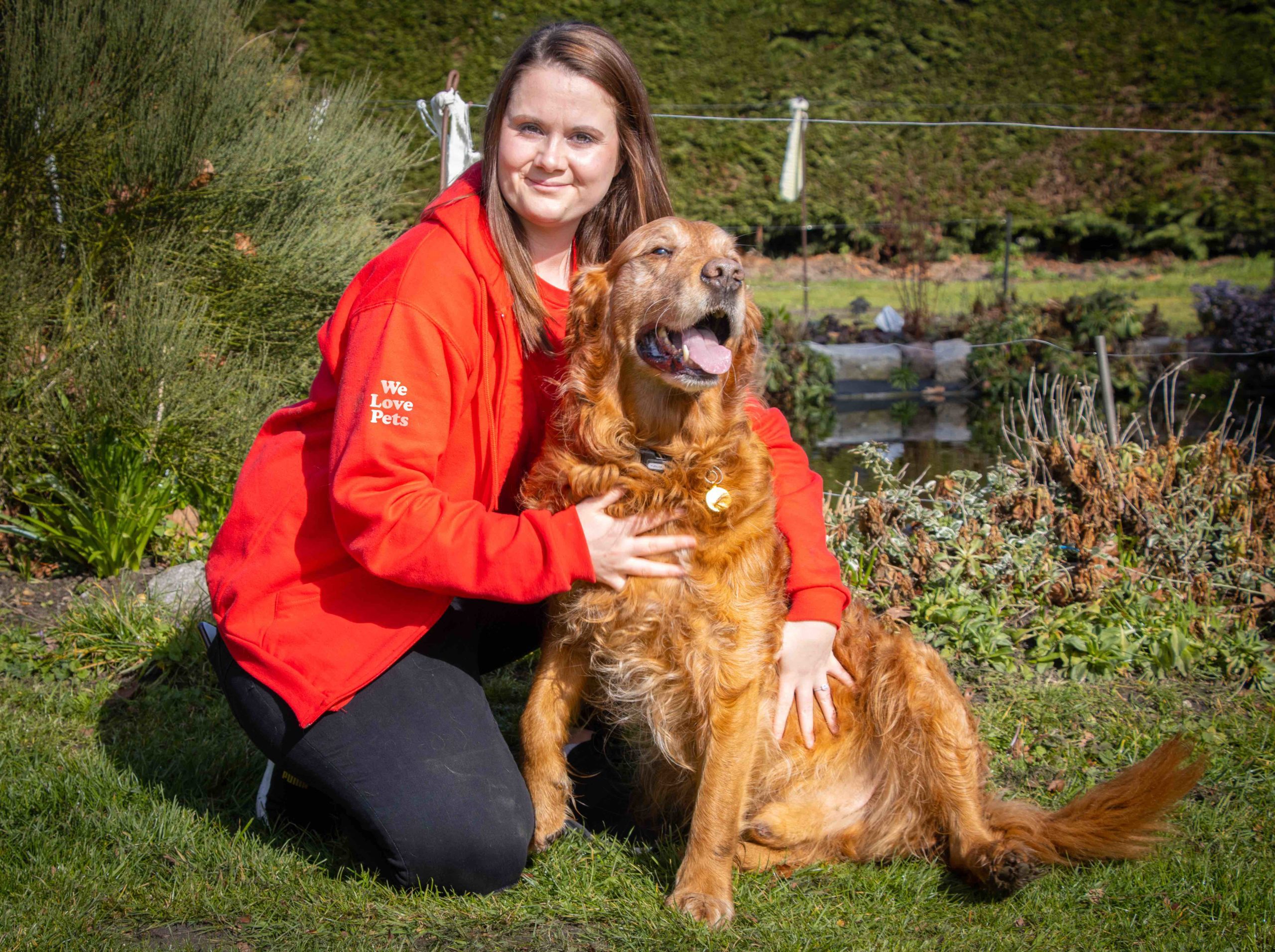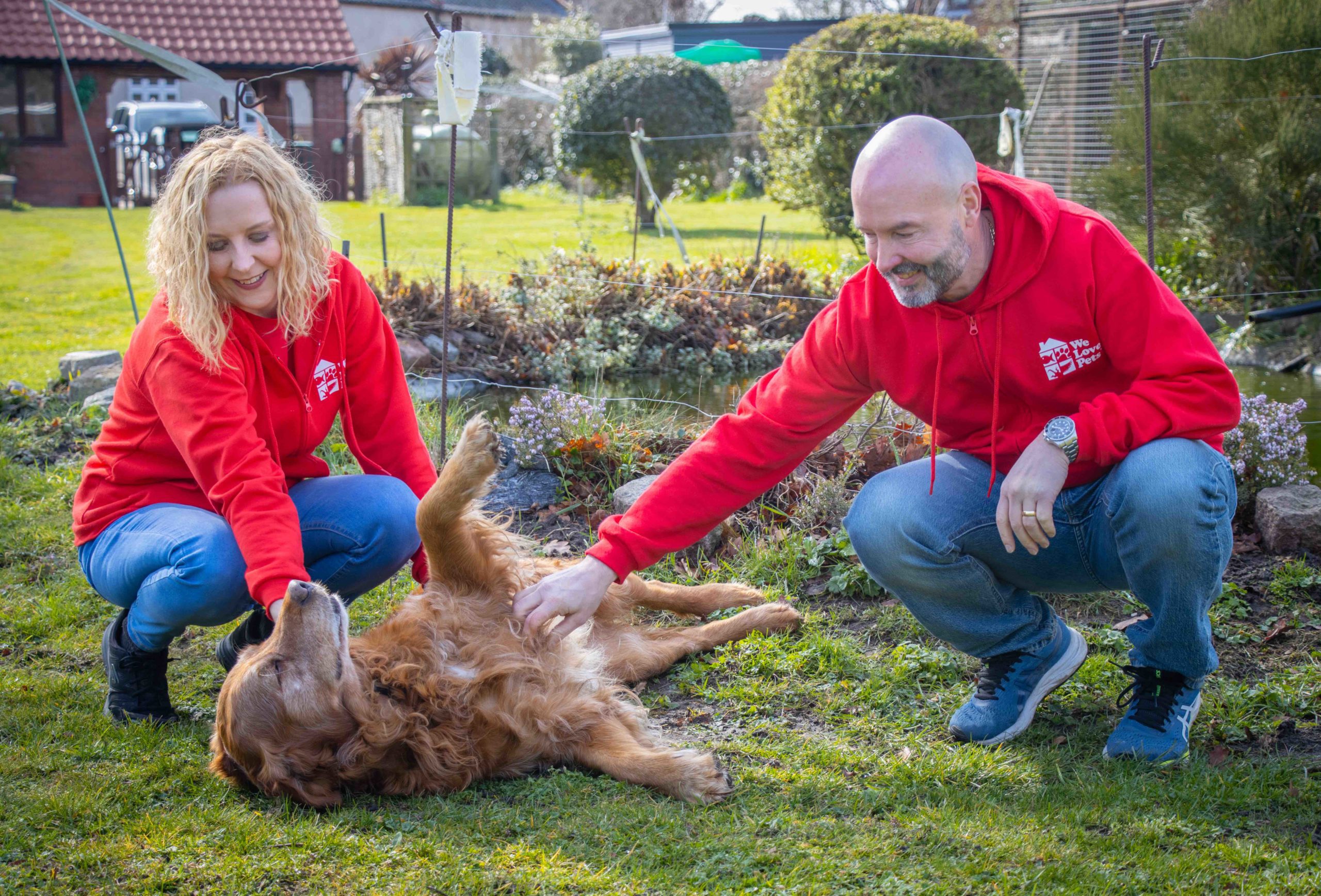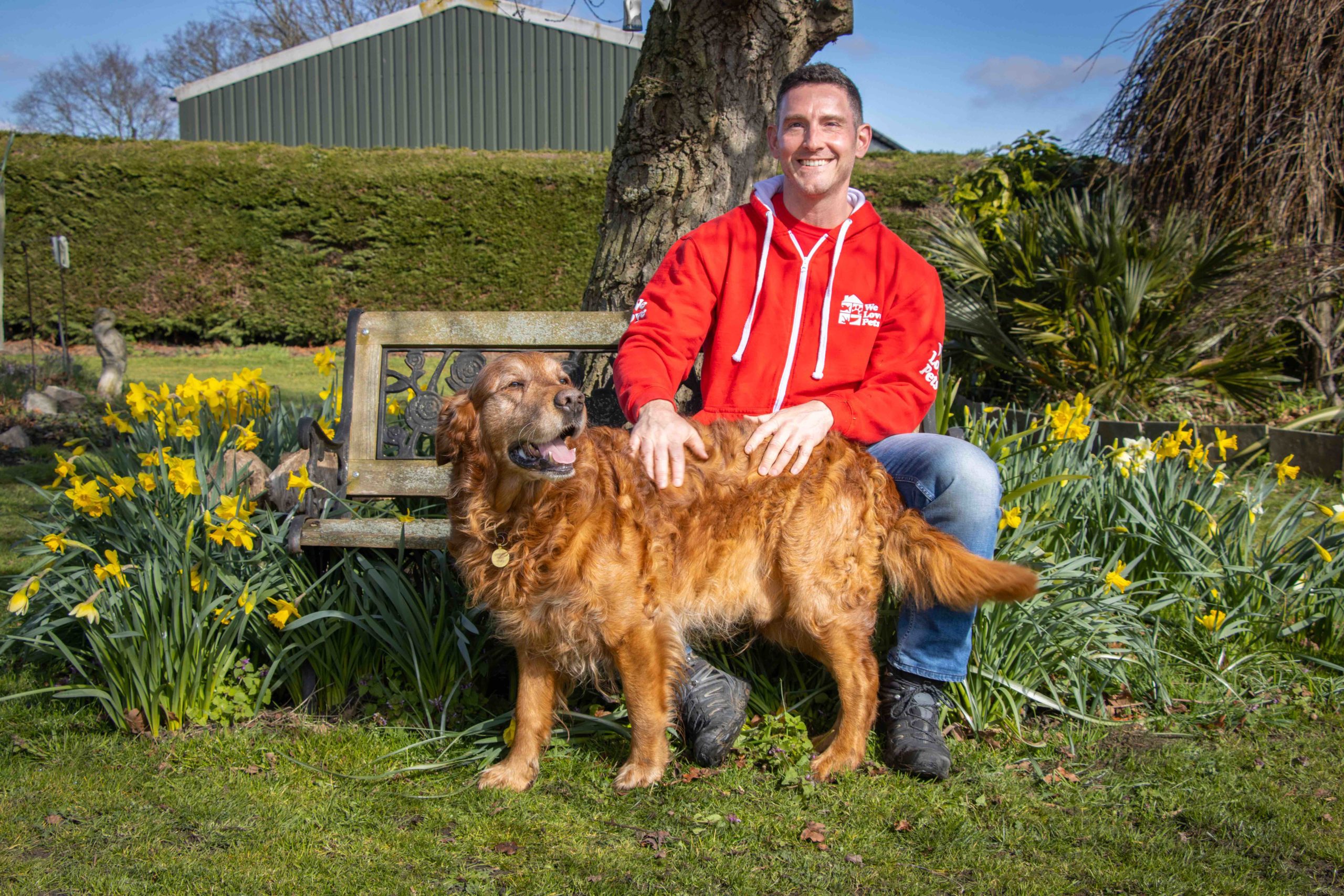Getting to know the ‘typical’ daily motions of your own dog is important to be able to tell when things don’t look right. Abnormal poop could be a tell tale sign that there is an underlying problem, especially when there are differences in your dog’s wellbeing and behaviour. So what should your dog’s poop look like and in what cases should you be concerned?
A ‘normal’ stool will be dark brown in colour and will have a formed sausage type shape (where it has passed through the colon). It will be smooth, easy for your dog to pass and will maintain its shape. It should be easy for you to pick up with a poo bag. In general, the better the quality of diet the more normal looking the stool is likely to be and in less volume compared to a poorer quality diet.
Looking out for the following can give you good insight into your dog’s health:
- Colour
- Consistency
- Blood present
- Frequency
- Mucous present
- Foreign bodies
Let’s discuss each factor in turn.
Colour
The normal colour of a stool is formed by the presence of bilirubin. When the intestinal contents pass through at a normal rate, the colour will be light to dark brown. Persistent changes in stool colour however, should be investigated.
Green stools may be due to your dog eating a lot of grass, the food contents are passing through the gut more rapidly, or it can be caused by giardia – a parasite. A note of caution is that rodent poison will also produce green poo if the dog has consumed any and there is a cause for concern this is a true emergency.
A yellow stool could be due to a liver or pancreatic issue.
Orange stools may indicate a bile duct blockage issue.
If your dog’s stools are consistently yellow or orange, it’s wise for them to have a check up with the vet. Don’t forget to take a sample of poop with you.
Consistency
If a stool is very loose it may be that your dog is not digesting and processing the food properly in the large intestine. The food may be passing through the digestive tract a bit too quickly.
There are also many disease processes that may result in diarrhoea so if it carries on for an extended period of time, your dog needs to be examined by a vet.
A bacterial infection such as salmonella, campylobacter or small intestinal bacterial overgrowth may cause very loose stools. Viral parvovirus (if your dog is not up to date with annual vaccinations) is a serious and contagious disease. Parasites such as round worm and tapeworm plus the protozoa giardia which can be picked up from the environment in particularly dirty standing water will also cause problems within the gut.
On the other end of the spectrum, hard stools can be a problem and cause constipation. An older dog with a more sedentary lifestyle and not getting the exercise needed to help keep gut motility may produce harder stools. A number of other causes are neurological disease or trauma effecting nerves and muscles to the colon, hypothyroidism, possible obstruction due to eating a foreign body or bones causing hard crumbly faeces and obstruction due to tumours or polyps in the digestive tract.
If your dog is on long term medication, a side effect may be constipation or simply your dog is just not drinking enough. Swapping to a canned food or soaking a dry food will help with this as will perhaps putting multiple fresh water bowls around the house. Splitting meals to 3-4 smaller meals a day so less food is going through the GI tract at any one time will help the gut with digesting smaller quantities. This can help with both loose and hard faeces.
Blood
Blood in the stools on more than one occasion must be investigated. Fresh blood may be due to colitis which is from an inflamed colon. Mucus covered stools may happen from time to time and be normal as it is produced to lubricate the colon. Excessive amounts however in conjunction with abnormal looking stools which may be loose or have some fresh blood may be a colitis indicator and veterinary advice should be sought.
Dark, black, tarry looking faeces (Malaena) means the blood has been digested and is coming from higher up in the digestive tract. This is also a condition where veterinary attention should be given.
Frequency of motions
As discussed earlier, a dog may pass faeces in an excessive amount if fed a lower quality food, or if it is being over fed! Poor quality food is often bulked out with a lot of grains. If your dog is not utilising the ingredients when digested they will simply be passed.
Scavenging and eating things like cow pats will of course have an effect on what your dog passes. Your dog may end up passing something that looks like a cow pat itself!
Foreign bodies
The list is endless here so if your dog is bit of a chewer, they could pass all sorts – bits of plastic, bedding, cardboard etc. Be very careful during the summer season with leftover BBQ food in garden as corn on the cob is one of the most common foreign bodies removed in exploratory operations for gut blockages. The corn acts like a cork in the digestive tract and can cause serious painful problems for dogs. If you suspect your dog has eaten corn, this should be treated as an emergency and veterinary attention will be needed.
Collecting a sample
If your dog is consistently passing abnormal poops, take them for a check up. It can be handy to take a fresh sample of the poo with you or if it’s too loose to pick up, take a photo. Faecal sample pots can be picked up at the vets and they come with a little spoon attached to the screw-on lid to make it easier to collect. Alternatively, a poop bag put inside an airtight container and refrigerated will be fine you are not able to get to the vet promptly.
A faecal profile test can be done where the sample is sent away to an external laboratory. They will cover a range of indicators to help with diagnosis alongside the clinical examination of the dog by your vet. There will be an additional charge for this test.
Common clinical diseases that affect the bowels
Some clinical diseases that can cause abnormal motions include;
- Colitis
- Inflammatory Bowl Disease
- Pancreatitis
- Exocrine Pancreatic Insufficiency
- Neoplasia
- Allergy to food ingredients which result in an immune system response within the gastrointestinal tract.
Most diseases are much easier to treat and prognosis is often better when they are diagnosed early. As with most illnesses, the very young and very old may take longer to recover due to challenges put on the immune system. If the stool is consistently not looking right for a week or more then it is time to investigate what could be the cause. You don’t want to let your dog get to a stage where it is losing weight or becoming ill with possible secondary complications.
The importance of a good diet
If your dog is getting a good quality diet then it will be easier to spot when there is a genuine problem affecting their stools. Our post on understanding what is in your dog’s food discusses ingredients in detail including nutritional benefits and food stuffs to be wary of. Generally speaking, good quality dog food contains more than 50% protein (high fish or meat content). Grains tend to be used as binders and bulking agents to form the kibble shape and texture of dry dog food. Grain isn’t nutritionally beneficial to dogs and can sometimes cause gluten sensitivity resulting in GI and skin issues. Whole grains such as brown rice, potato, oatmeal or a grain free diet altogether may be more suitable for your dog.
If you’re looking for grain free pet food with 50% or more meat/fish content, added Omega 3 and absolutely no artificial colours or preservatives, try We Love Nutrition’s Grain Free range.
